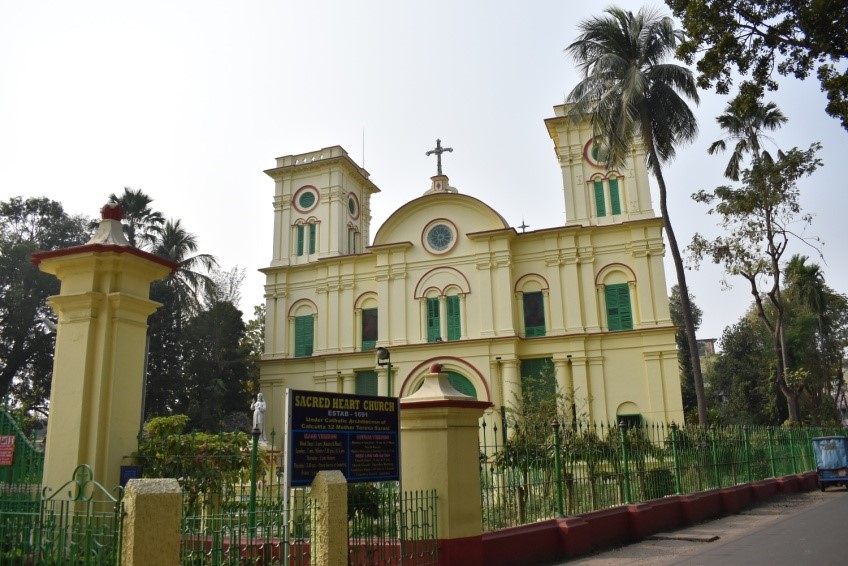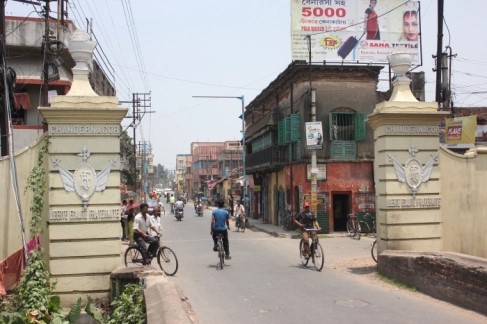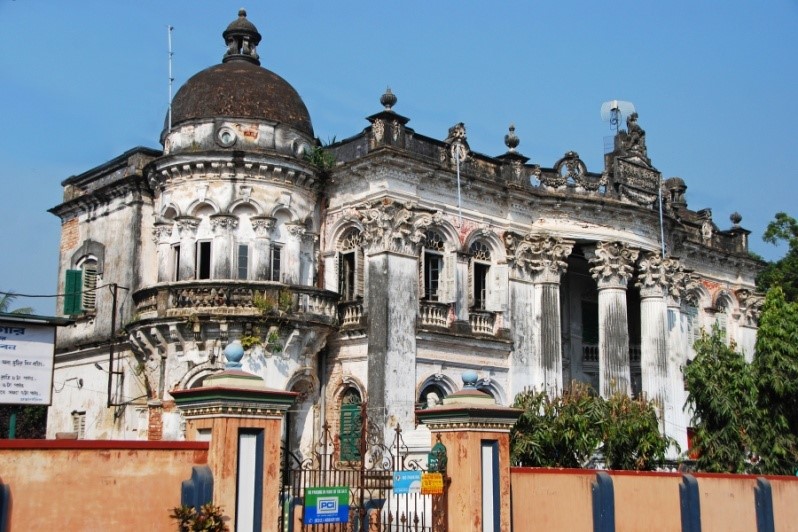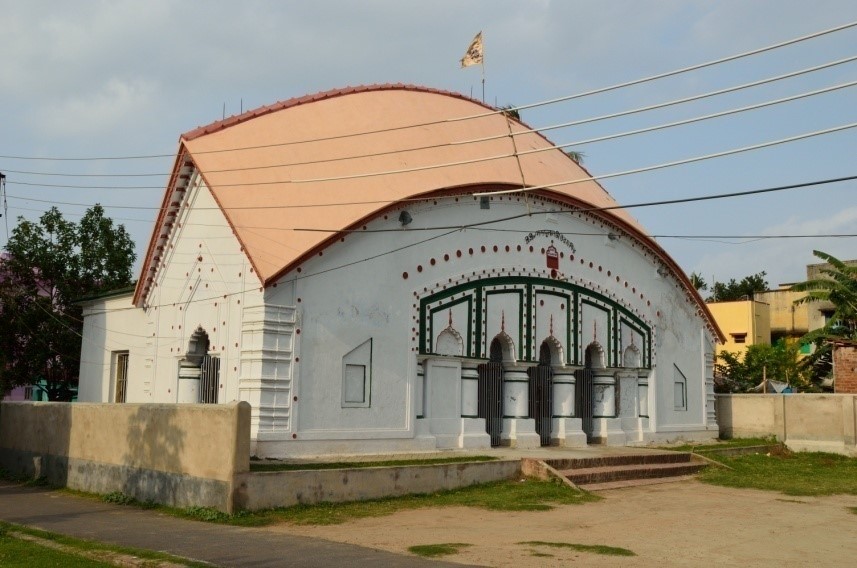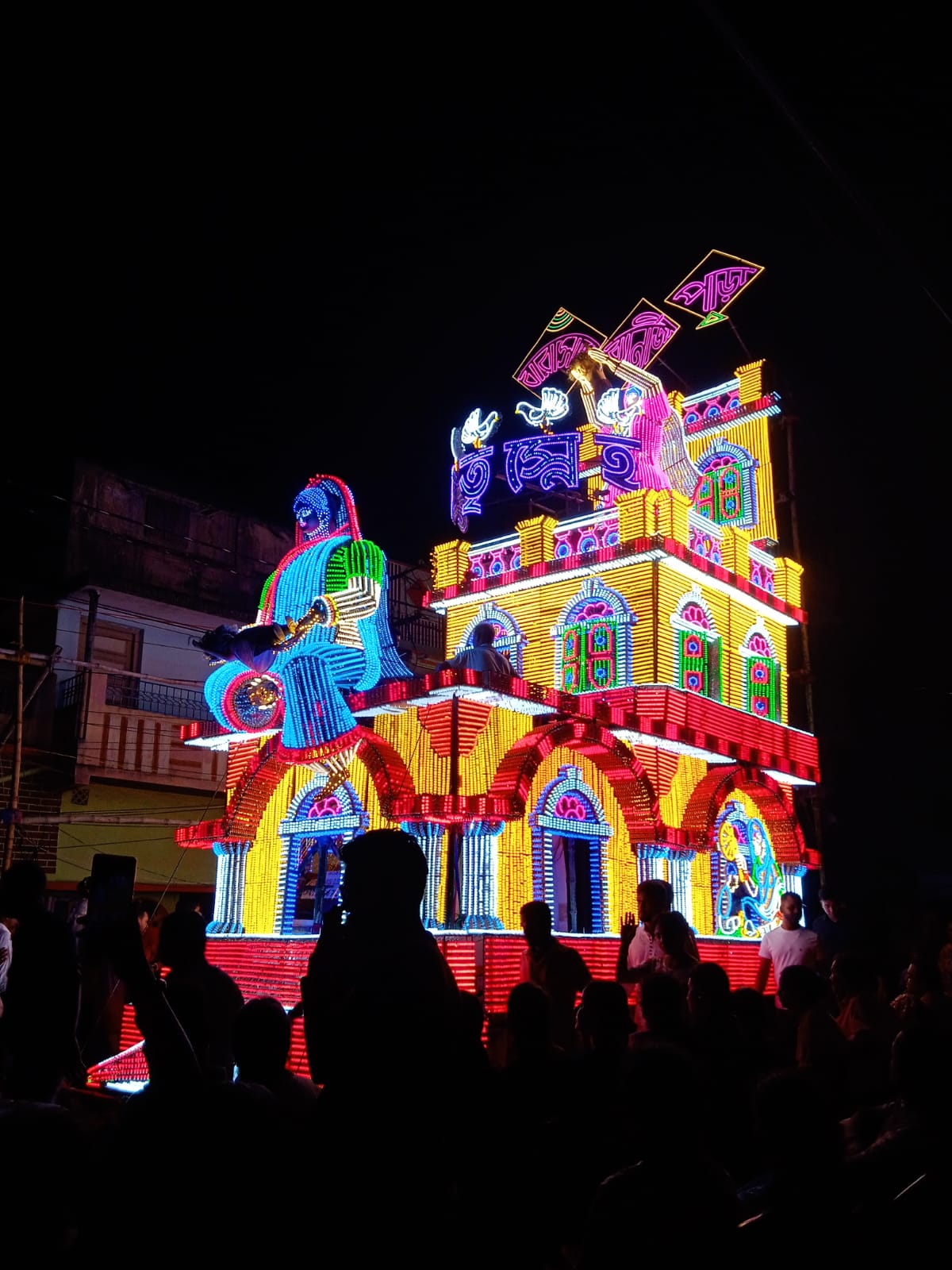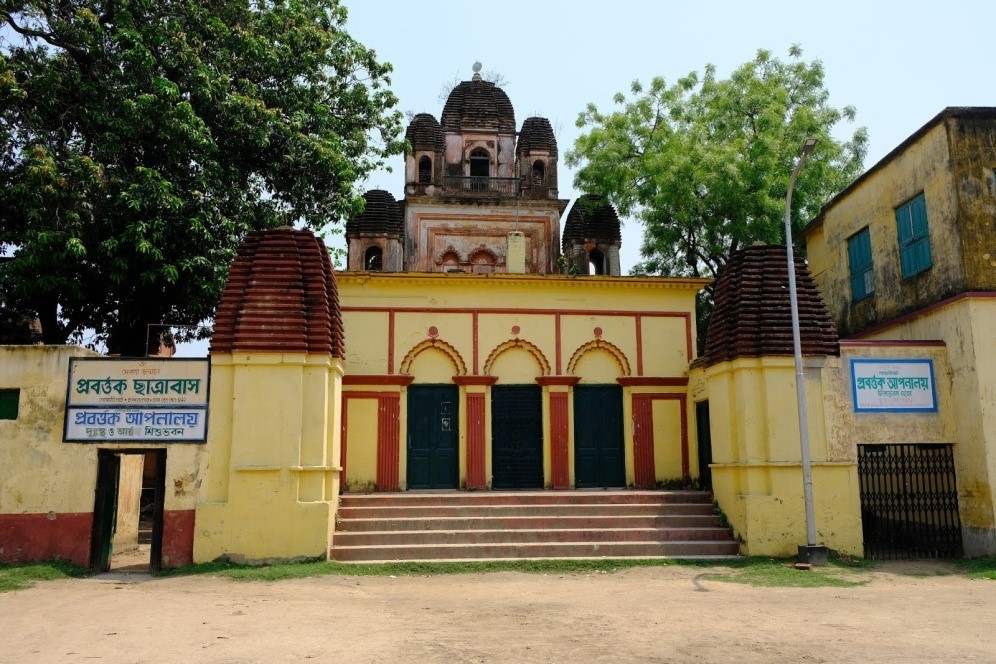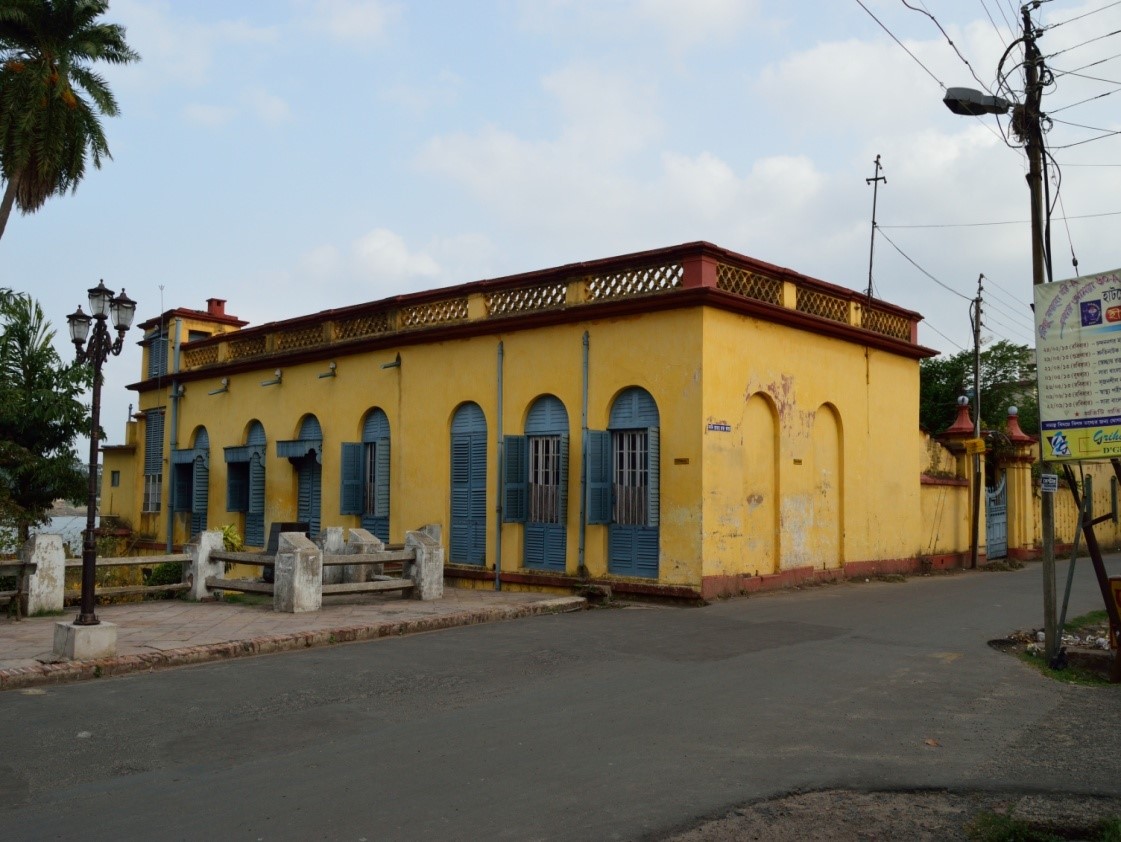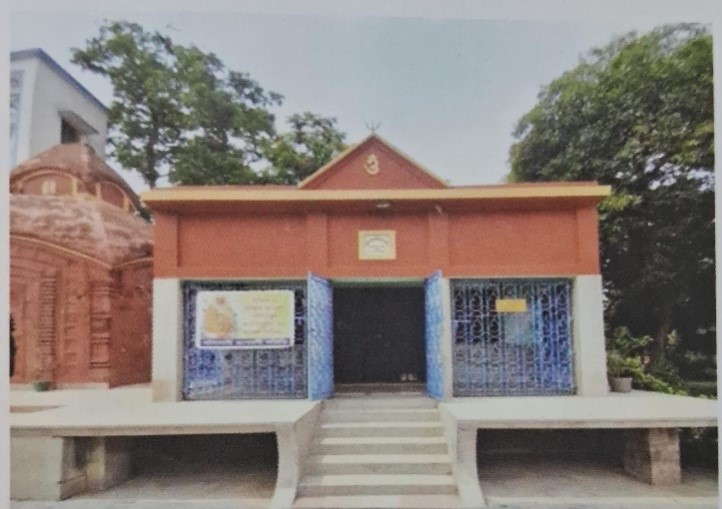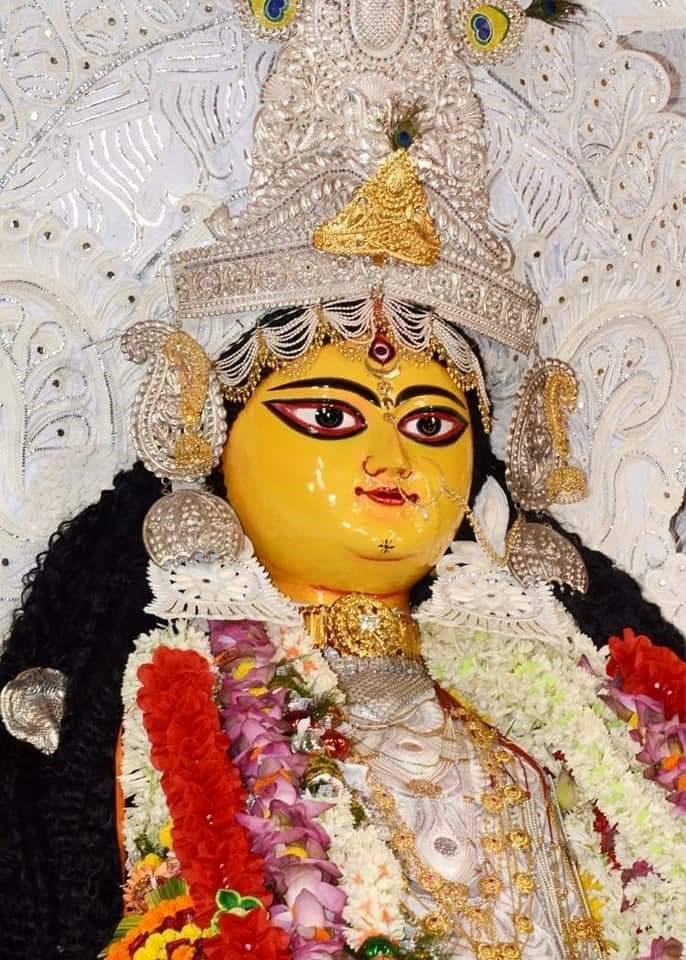
Chandernagore: A Comprehensive Tourist Guide
Chandernagore, also spelled as Chandernagor, is one of India's most significant colonial heritage sites, representing over 275 years of French cultural influence in the heart of Bengal. Located in the Hooghly district of West Bengal, approximately 42 kilometers north of Kolkata along the banks of the Hooghly River, this historic town offers visitors a unique glimpse into the confluence of French colonial architecture and Bengali culture.
Major Tourist Attractions and Heritage Sites
Chandernagore Strand
The Chandernagore Strand is the crown jewel of the town's heritage landscape. This landscaped riverside promenade (Walkway) along the Hooghly River extends approximately 700 meters in length and 7 meters in width that features colonial architecture, elegant lighting, and lush greenery. It symbolizes the urban aesthetics of French colonial planning with wide boulevards and riverside views. Today, it is a popular destination for evening walks, cultural activities, and photography.

